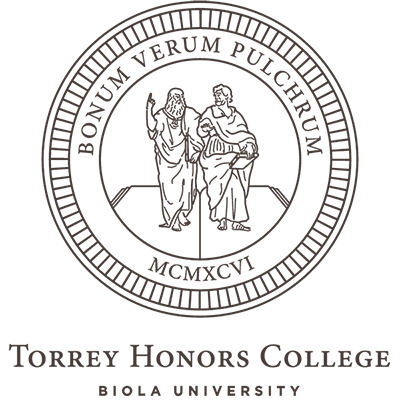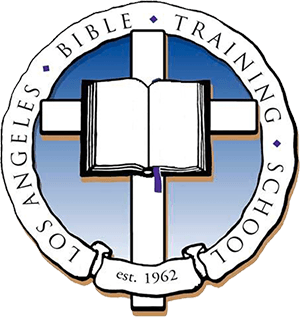A scene from The Canterbury Psalter (12th century)
Blog
Analogies in Trinitarian Theology, But Not For The Whole Deal

If you’re in the business of rejecting every Trinitarian analogy you’ve ever heard (and I do recommend getting into that business), you might get a reputation for being anti-analogy altogether. People who would prefer that you offer them a good analogy for the Trinity, or maybe just endorse their personal favorite, sometimes think that only somebody whose entire cast of mind is dead set against analogical thinking could possibly be so stingy on this front.
But in fact, it’s possible to make generous use of analogies as helpful intellectual tools in Trinitarian theology, while still rejecting analogies for the Trinity as unhelpful. What’s the difference? The difference is one of scale. You can make good use of analogies in thinking about all sorts of details and sub-sections of ideas within the doctrine of the Trinity, but that doesn’t mean you’ll be able to come up with one giant analogy for the entire doctrine of the Trinity.
I don’t know how a well-functioning mind, or an effective communicator, could possibly do its work without making use of analogy, illustration, association, parallels, examples, and so on. It really is a basic function of thought and speech, to reach out and compare. You know what analogical thinking is kind of like? Aha! Gotcha. Analogical thinking is attractive, useful, and probably un-do-withoutable.
So when we’re thinking about the Trinity, we analogize. The Son comes from the Father like a beam of light comes from the sun (but not quite); the Spirit flows from the Father like a stream (but not quite); the three persons work inseparably in one single external action like a perfect committee (but definitely not quite). You can even (this is a tricky part) think of analogies for how the three persons can be one being, as long as you’re aware that this narrow question, analytically distinguished from any other issue in the doctrine of God and abstractly posed all by itself, is not the whole doctrine. Because the more you move up the scale of comprehensiveness and try to keep finding analogies that work for the entire reality you’re contemplating, the more you’re foredoomed to churn out unhelpful bits and bobs.
Everybody (well, almost everybody) will gladly admit that “analogies can only go so far.” That usually means that we acknowledge their imperfections. What I’m suggesting is that analogical thinking is a tool that works best at smaller scales, with limited, local, particular thought projects. It only goes so far in the direction of shedding light on comprehensive wholes. The more distinct and discrete your query, the more likely you are to get good results from using an analogy to think it through.
This principle applies not only to thinking and speaking of the Trinity now, but also to the actual theological history of Trinitarianism. Lewis Ayres makes this point briefly:
When pro-Nicenes deploy analogies their purpose is often to illustrate aspects of Trinitarian theology: the generation of the Son, inseparable operation, the difference between Son and Spirit. Pro-Nicenes may well use an analogy differently when illustrating different aspects of the Triune mystery. We should, then, for the most part avoid talking of pro-Nicenes using different and discrete analogies ‘for the Trinity’… (Ayres, Nicaea and its Legacy, 289)
So I know it sounds fussy, but talking about analogies “for the Trinity” sets up an expectation that you’re going to deliver a lot more than you’re really going to. Analogical thinking within Trinitarian theology, on the other hand, can do a lot of helpful work. It has, in fact, done so in the history of Christian doctrine. But largely by understanding in advance that it’s best suited for parts rather than wholes.
About This Blog

Fred Sanders is a theologian who tried to specialize in the doctrine of the Trinity, but found that everything in Christian life and thought is connected to the triune God.


